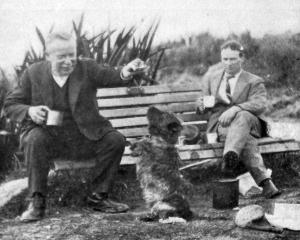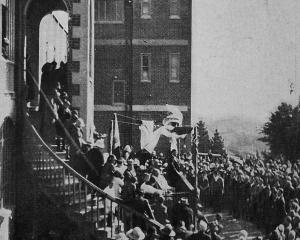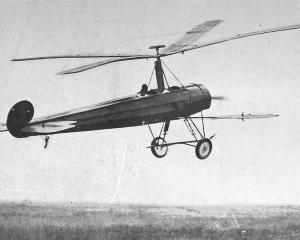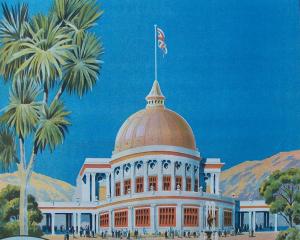The Imperial Trans-Antarctic Expedition, under Sir Ernest Shackleton, hoped to cross the Atlantic Continent, from Weddell Sea to Ross Sea, thus taking a new route, as previous expeditions have travelled polewards from the Ross Sea.
The distance from sea to sea is about 1700 miles.
The Endurance, with part of the staff and stores, under the command of Captain Davis, left England early in August for Buenos Aires, and on September 18 Sir E. Shackleton, with the remainder of the expedition, sailed from Liverpool to join it.
It was hoped to leave Buenos Aires for the south on October 18, to reach a landing place in the Weddell Sea in about 78deg., early in December, and there to establish a base.
Two parties, each comprising a geologist, a biologist, and a physicist, were to be detached - one to go west to explore Graham Land and to ascertain the continuation of the Victoria Land Mountains, and the other to go east to explore Enderby Land.
Two of the staff - a geologist and a meteorologist - were to remain at the base to carry out their observations and other scientific work.
The Endurance, after engaging in oceanographical work in the Weddell Sea during the summer, was to go north for the winter, returning the following season to take off the Weddell Sea division.
The trans continental party, consisting of Sir Ernest and five other members, hoped to start shortly after landing, otherwise they intended to remain for the winter at the Weddell Sea base.
In that case they were expected to be heard of on this side of the globe about this month.
If, however, the journey had been successfully accomplished during the first season, they should have reached the Ross Sea about April, last year - and apparently they did not do so.
A second vessel, the Aurora (Dr Mawson's ship) sailed from Tilbury for Tasmania on September 18, with another division of the expedition, to establish a base on the Ross Sea.
The members of this party were expected to journey south to the head of the Beardmore glacier, there to form a camp and await the arrival of the Trans-Antarctic division.
The Aurora, under Lieutenant Stenhouse, was also to carry on oceanographical work before going north to winter.
She was due to return the following season to take off the explorers.
The expedition is fully equipped; there are two large sledges, with aeroplane motors, an aeroplane with clipped wings to serve as a taxi and nearly 100 dogs.
Mr Frank Wild, distinguished in Dr Mawson's expedition, is the second in command. - ODT, 20.3.1916.












